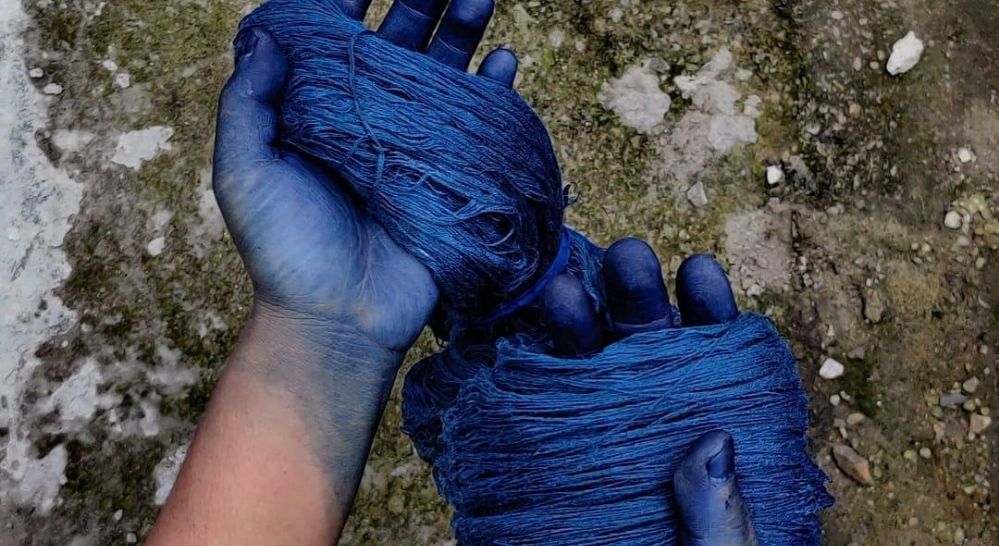indigo dyes
The Art and Science of Indigo Dyes
Indigo, one of the oldest dyes known to humanity, has a rich history that stretches back thousands of years. Renowned for its deep blue hue, indigo dye has been an essential component of textiles and cultures around the globe, from the ancient civilizations of the Americas and Asia to modern fashion. Understanding the art and science behind indigo dyes reveals not only their beauty but also their cultural significance and ecological impact.
Historical Context
Indigo dye can be traced to ancient cultures, including those in Egypt, India, and China. The earliest records of indigo use date back to around 2500 BC. In India, indigo was cultivated and processed extensively, leading to its designation as blue gold. In West Africa, the dye played a crucial role in the textile industry and cultural practices, signifying status and identity.
The indigo plant, primarily from the genus *Indigofera*, contains a compound known as indican, which is the precursor to indigo dye. When the plant leaves are harvested and fermented, indican is converted into indigo through a process involving oxidation and reduction. The resulting dye is not soluble in water and requires a specific process to make it usable for dyeing fabrics.
The Dyeing Process
The traditional method of dyeing with indigo is both artful and intricate. The dyeing process typically begins with a fermentation stage where plant leaves are soaked in water, allowing the indican to convert into a soluble form of indigo through microbial activity. This creates a blue dye bath. A unique characteristic of indigo is that it appears yellow when dissolved in water. Only when the fabric is exposed to oxygen does it turn blue, leading to the term air oxidation.
Dyeing with indigo often involves multiple dips. The more times a fabric is dipped into the dye bath, the deeper and richer the blue color becomes. This layering technique creates various shades, making indigo a versatile dye. Artisans can achieve everything from soft pastels to rich navy tones, all while maintaining the unique character of the fabric.
indigo dyes

Cultural Significance
Indigo holds a special place in various cultures. In Japan, the traditional craft of shibori – a method of tie-dyeing using indigo – is revered for its artistry. The distinctive patterns created in shibori not only showcase the beauty of indigo but also the skill and creativity of the artisan. Similarly, in American history, indigo became a critical cash crop in the 18th century, particularly in the southern colonies, where it contributed significantly to the economy.
In contemporary fashion, indigo has made a significant comeback. Designers increasingly seek natural dyes as alternatives to synthetic counterparts, promoting sustainable and eco-friendly practices. The organic revival of indigo dyeing represents not only a commitment to environmental responsibility but also a desire to reconnect with artisanal traditions.
Environmental Considerations
Despite its beauty and historical significance, the production of indigo raises environmental concerns. Traditional indigo dyeing methods are more eco-friendly compared to synthetic dyes, which can contain toxic chemicals harmful to both the environment and human health. However, large-scale cultivation of indigo plants can lead to biodiversity loss and soil degradation. The challenge lies in finding a balance between preserving traditional methods and ensuring sustainable agriculture practices.
In recent years, efforts have been made to promote organic cultivation of indigo, utilizing sustainable farming practices that support local ecosystems. This not only benefits the environment but also empowers communities involved in the production of natural dyes.
Conclusion
Indigo dye is more than just a color; it embodies a rich tapestry of history, culture, and artistic expression. As we navigate a world increasingly focused on sustainability and ecological awareness, the appreciation for indigo's natural beauty and complexity grows. Whether in fashion, textiles, or art, indigo will undoubtedly continue to enchant and inspire future generations, bridging the past with the present in vibrant hues of blue.
-
Innovating Bromo Indigo Excellence
NewsAug.23,2025
-
Pioneering Indigo Plant Dye Excellence
NewsAug.23,2025
-
Leading Sulphur Black Dyes Enterprise
NewsAug.23,2025
-
Sulphur Black Dyes Light Resistance
NewsAug.23,2025
-
Indigo Blue Granular Industrial Uses
NewsAug.23,2025
-
Bromo Indigo Synthetic Production Process
NewsAug.23,2025
-
The Timeless Art of Denim Indigo Dye
NewsJul.01,2025

Sulphur Black
1.Name: sulphur black; Sulfur Black; Sulphur Black 1;
2.Structure formula:
3.Molecule formula: C6H4N2O5
4.CAS No.: 1326-82-5
5.HS code: 32041911
6.Product specification:Appearance:black phosphorus flakes; black liquid

Bromo Indigo; Vat Bromo-Indigo; C.I.Vat Blue 5
1.Name: Bromo indigo; Vat bromo-indigo; C.I.Vat blue 5;
2.Structure formula:
3.Molecule formula: C16H6Br4N2O2
4.CAS No.: 2475-31-2
5.HS code: 3204151000 6.Major usage and instruction: Be mainly used to dye cotton fabrics.

Indigo Blue Vat Blue
1.Name: indigo blue,vat blue 1,
2.Structure formula:
3.Molecule formula: C16H10N2O2
4.. CAS No.: 482-89-3
5.Molecule weight: 262.62
6.HS code: 3204151000
7.Major usage and instruction: Be mainly used to dye cotton fabrics.

